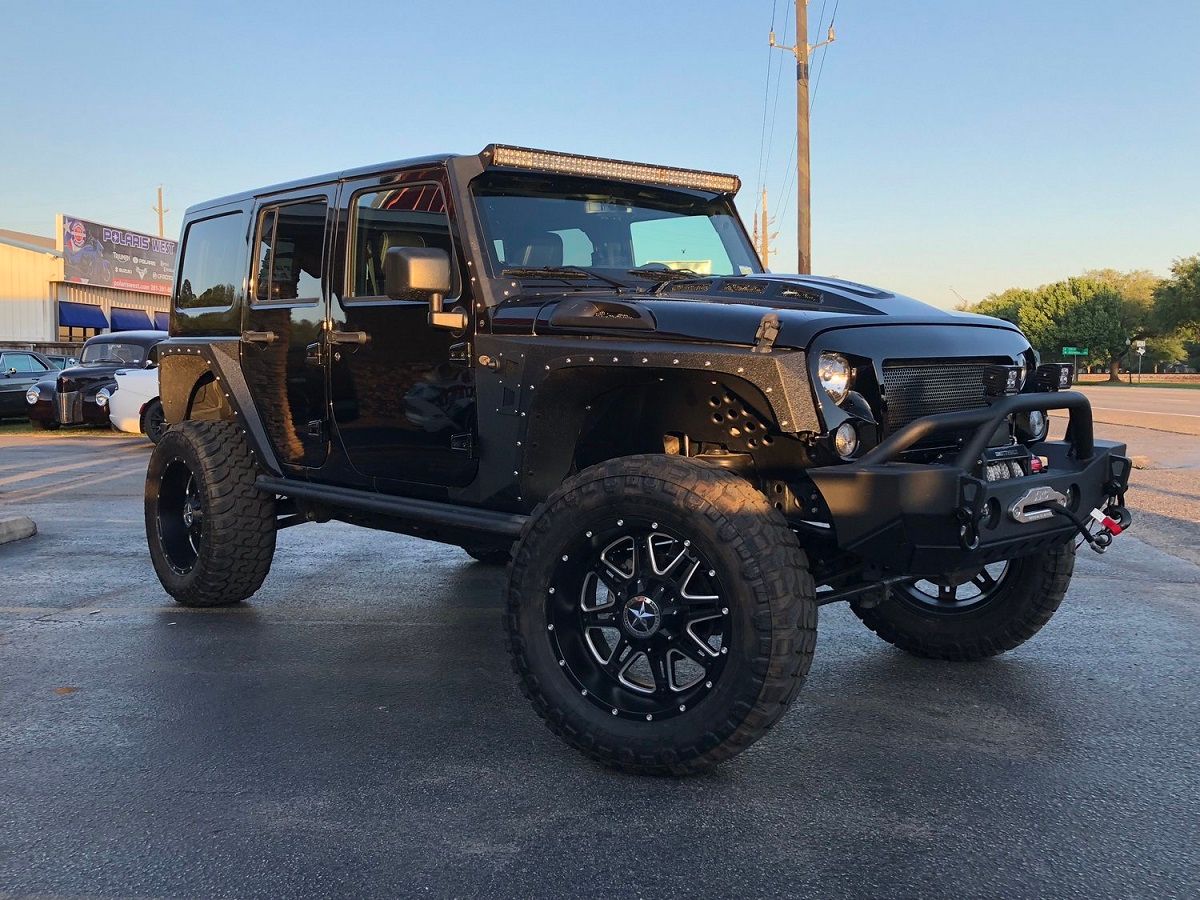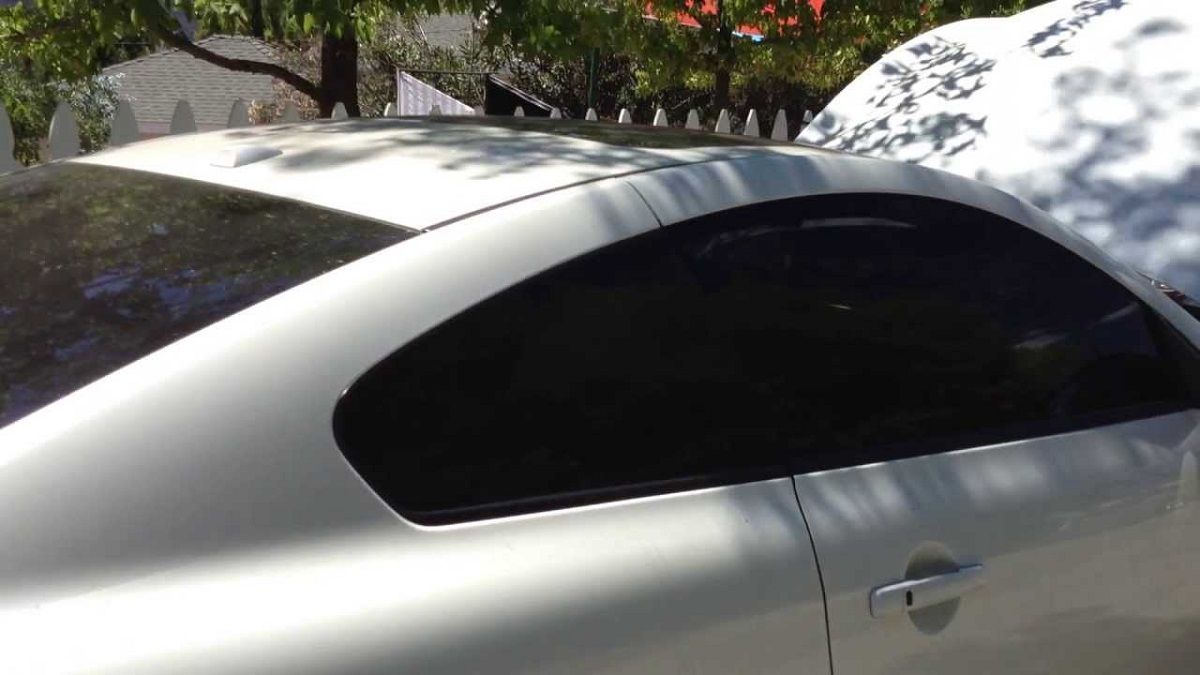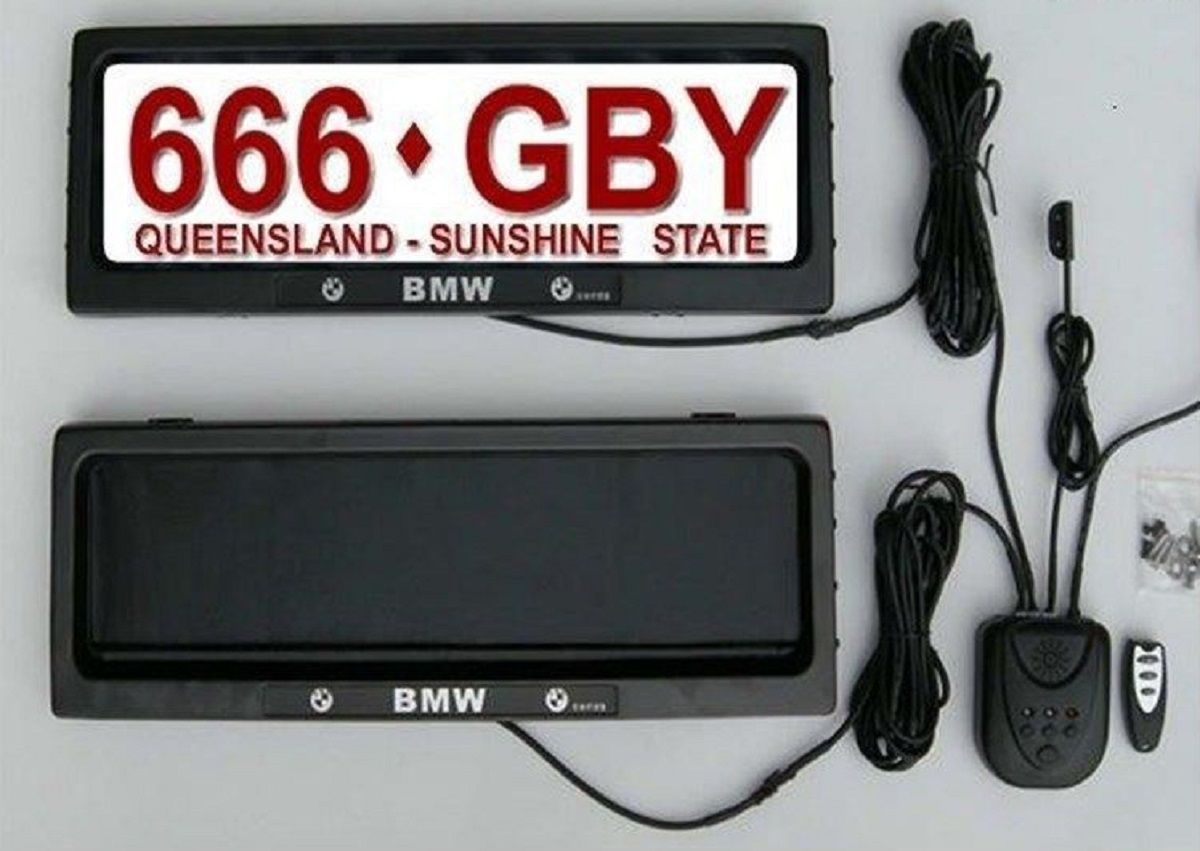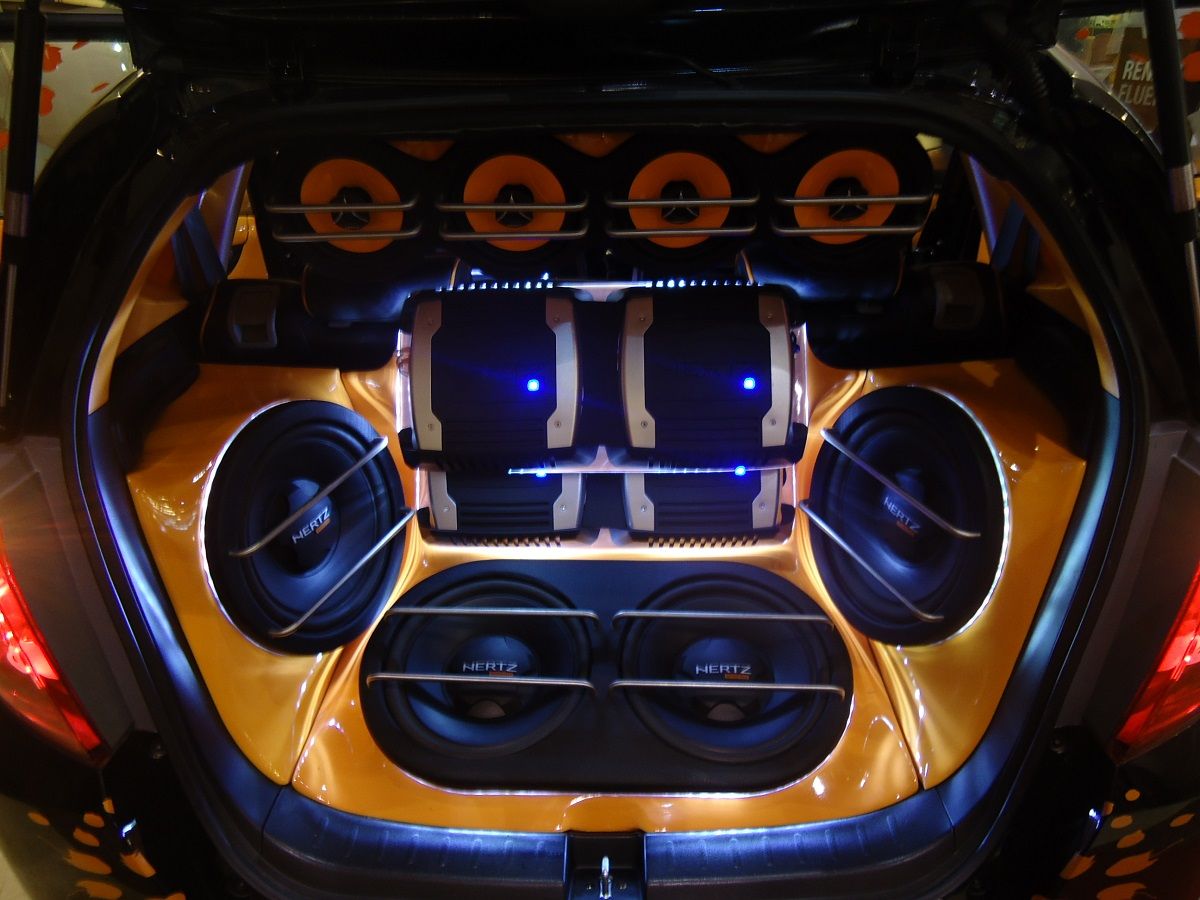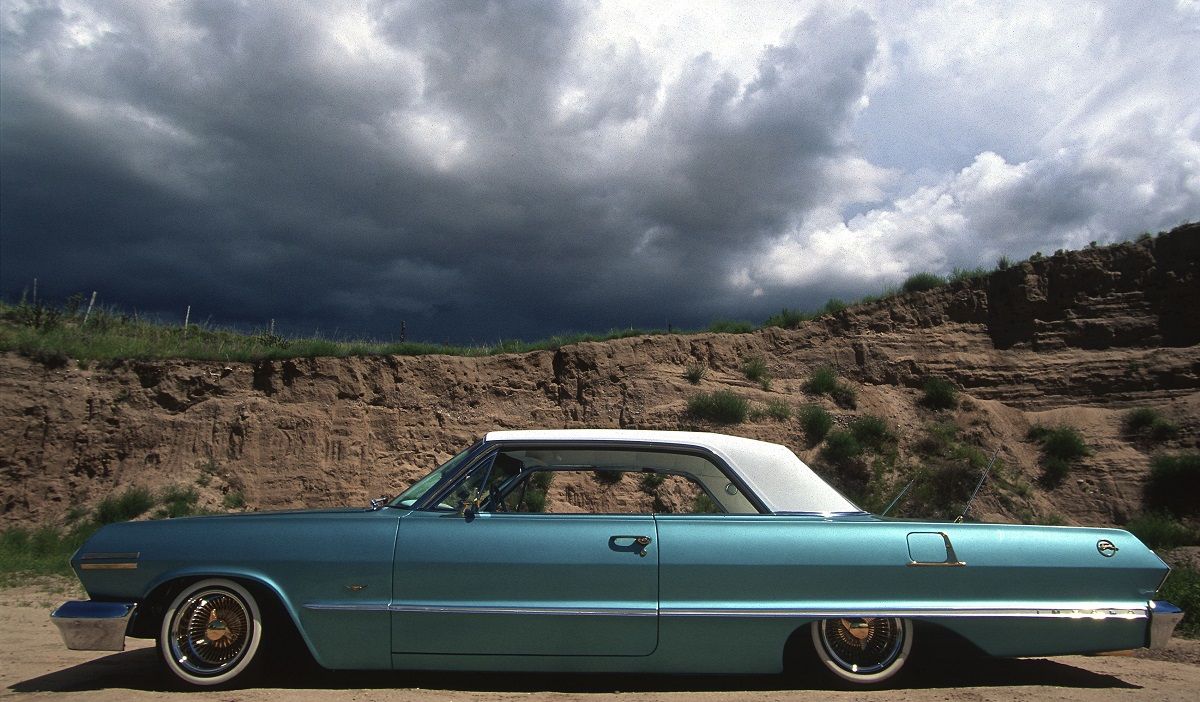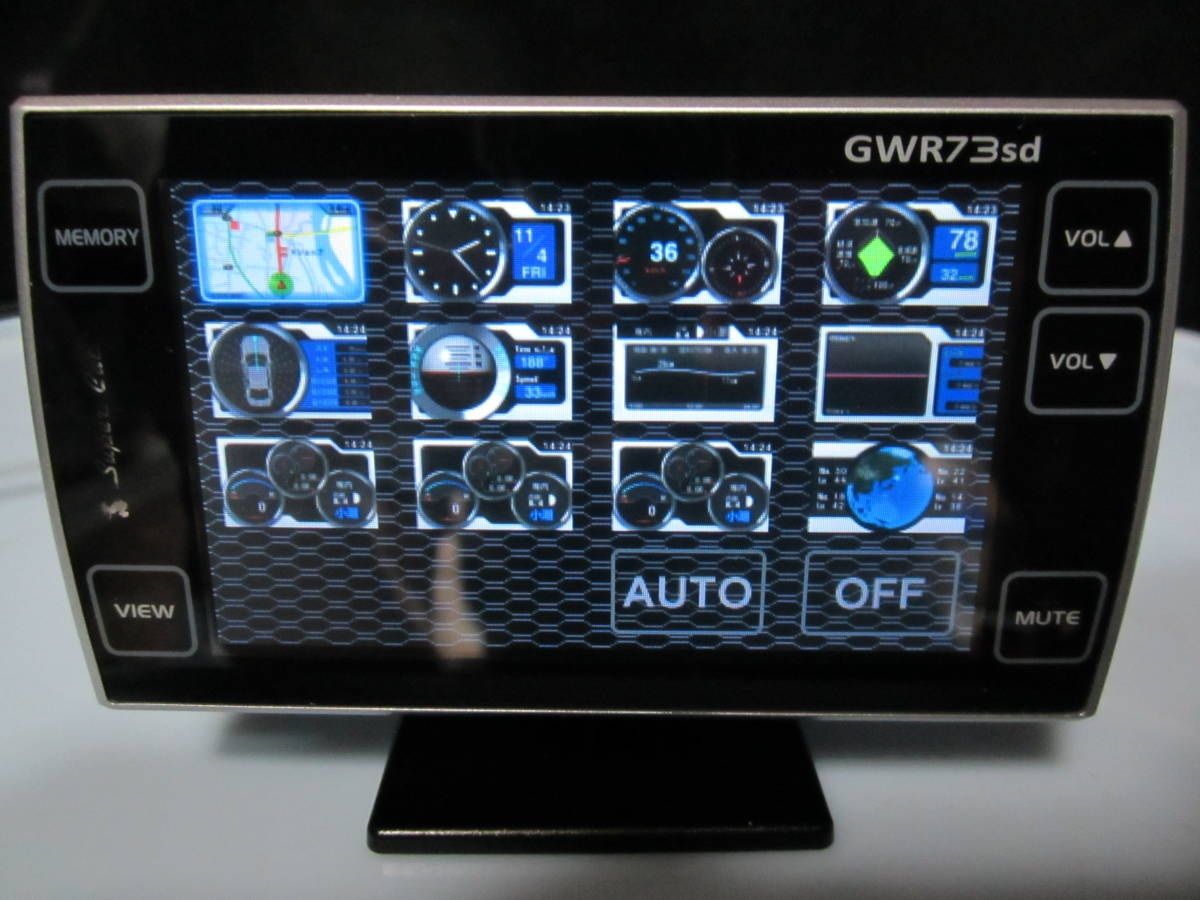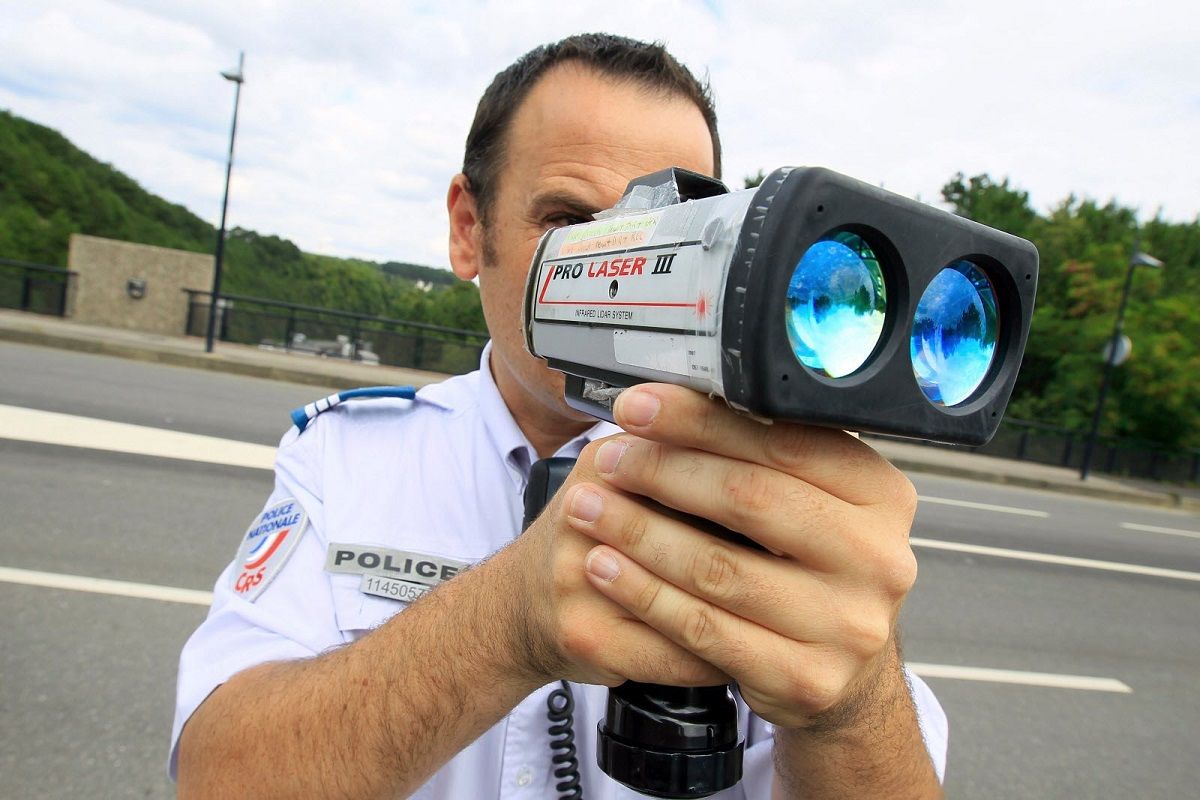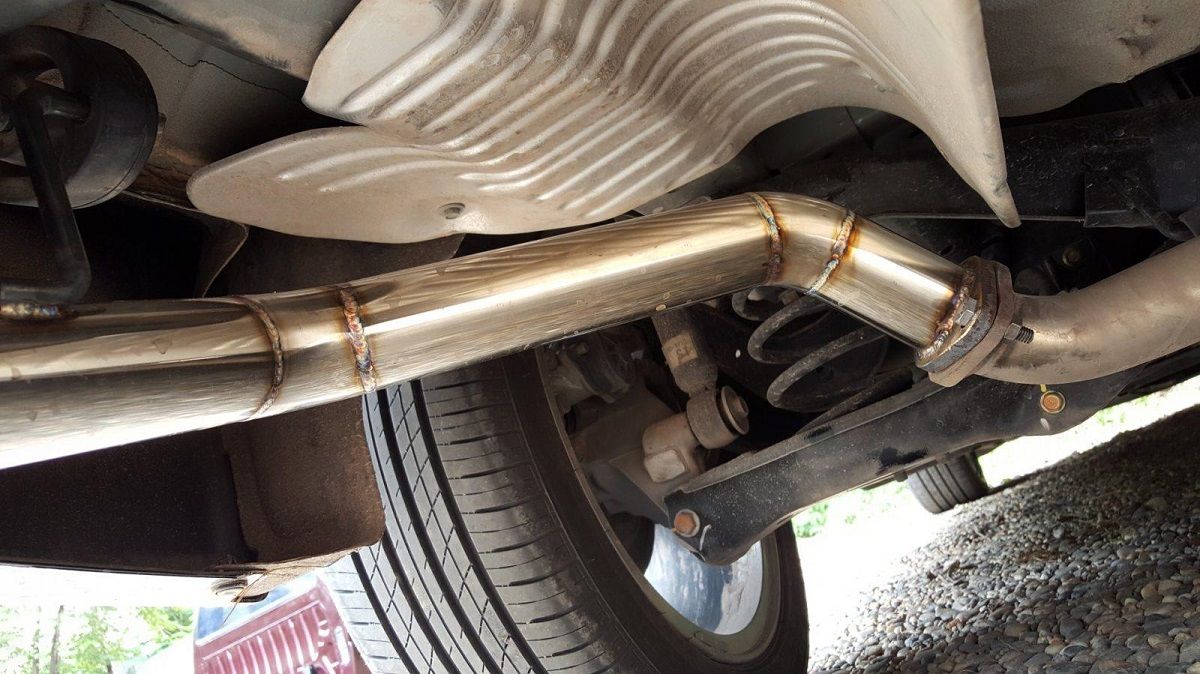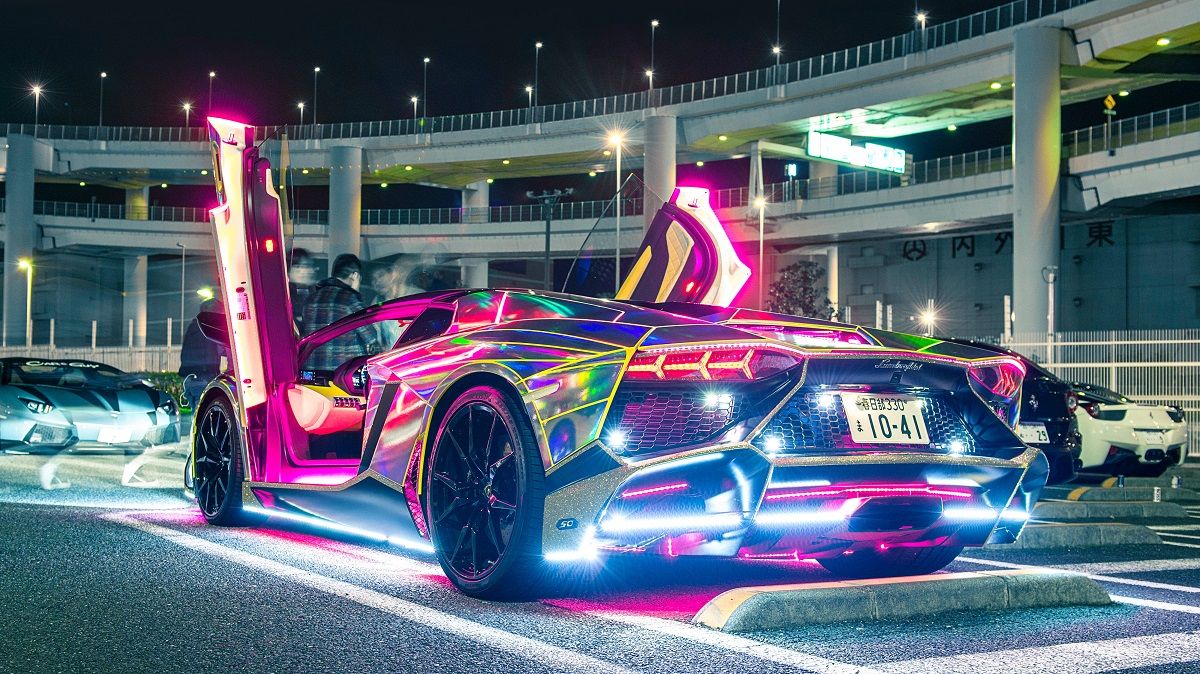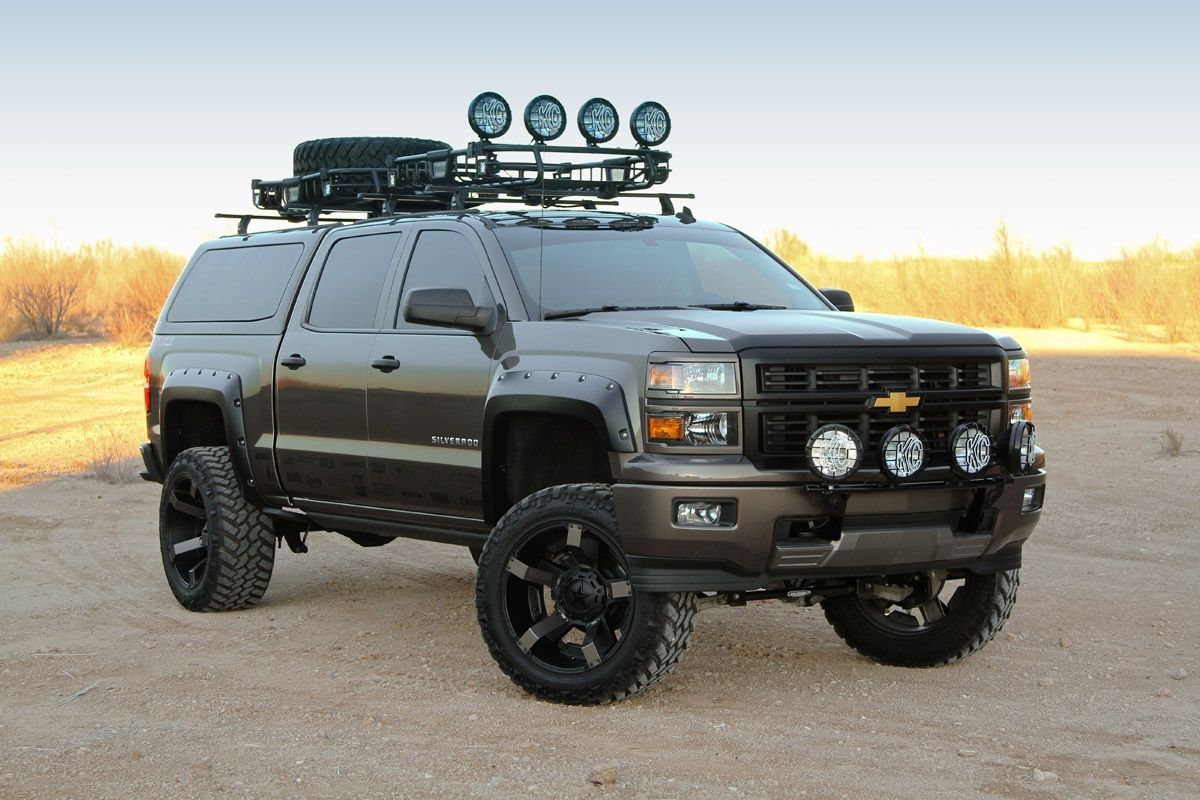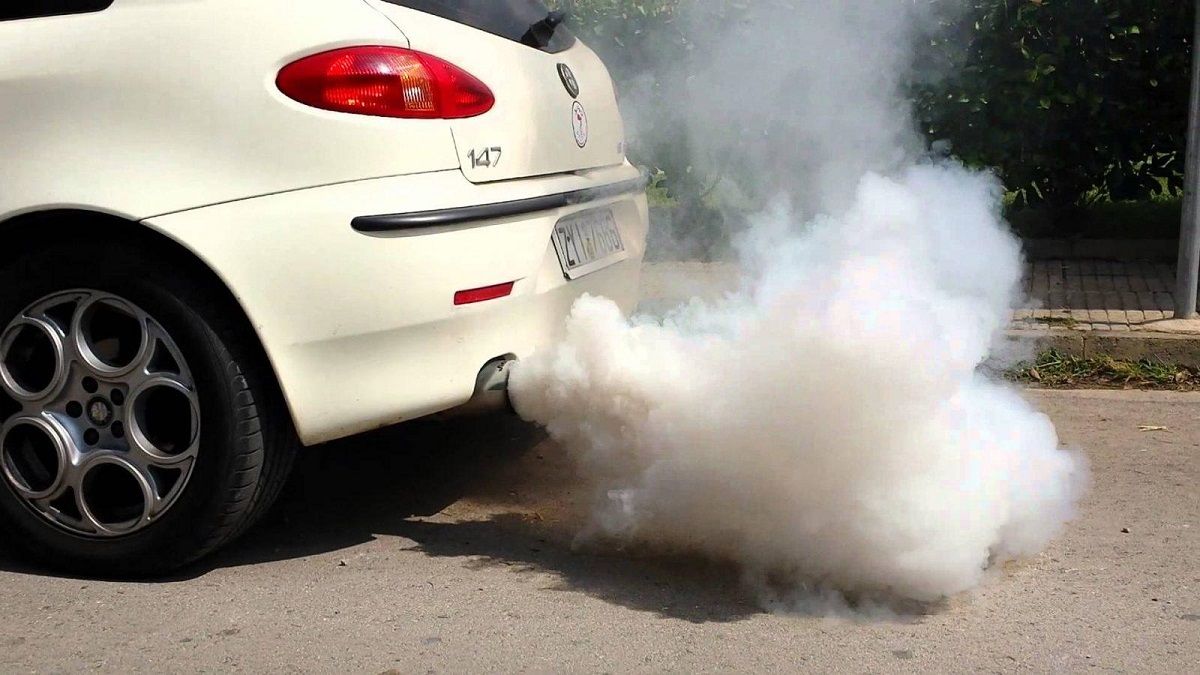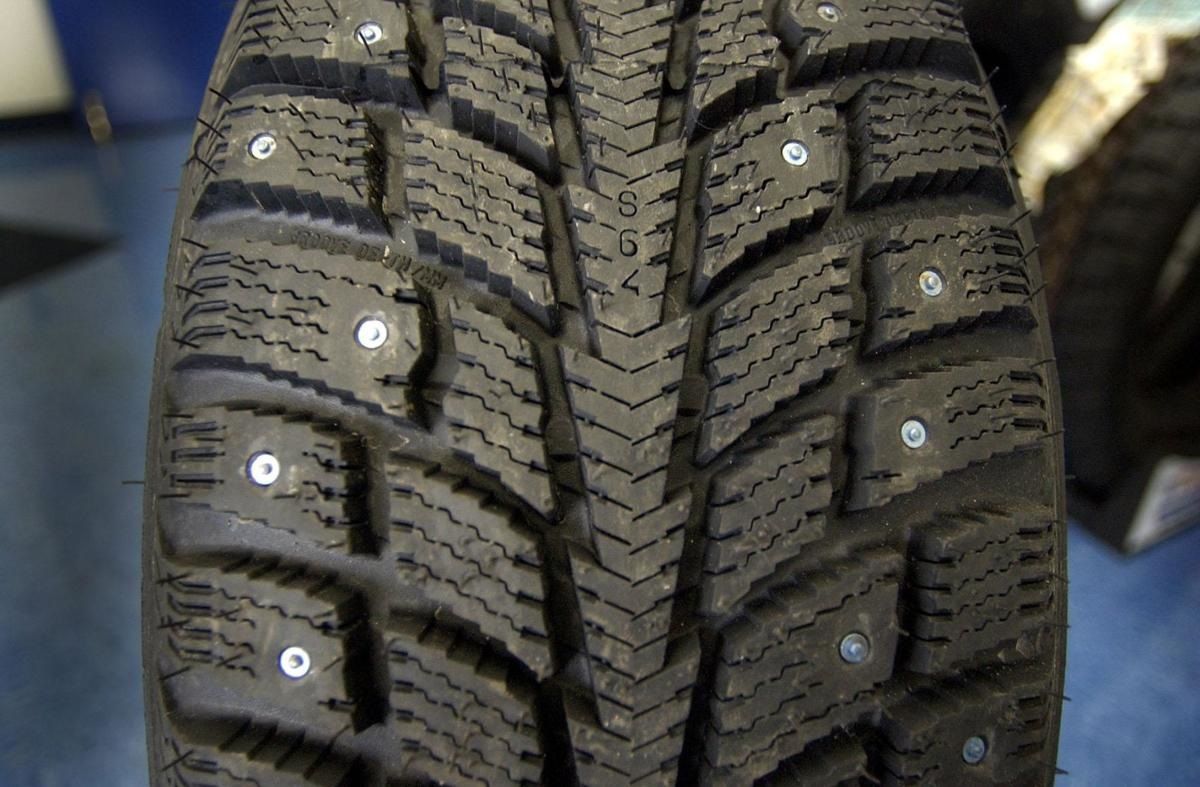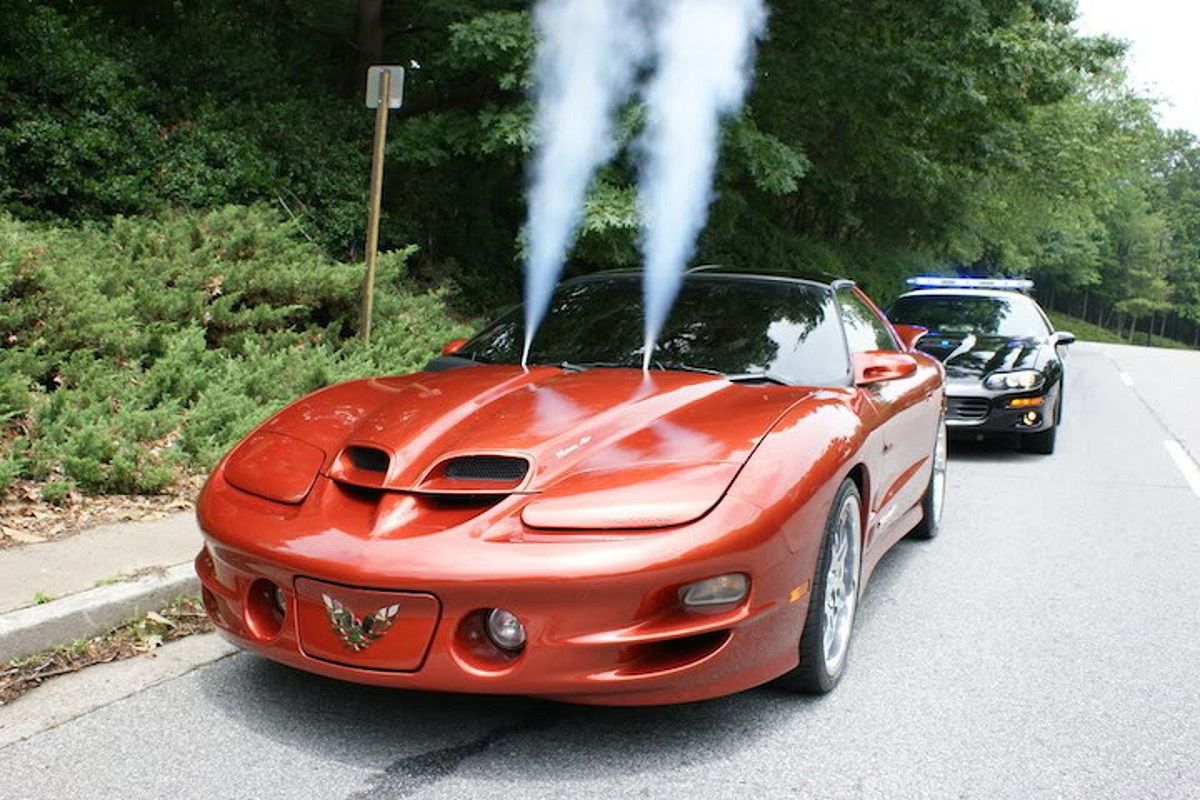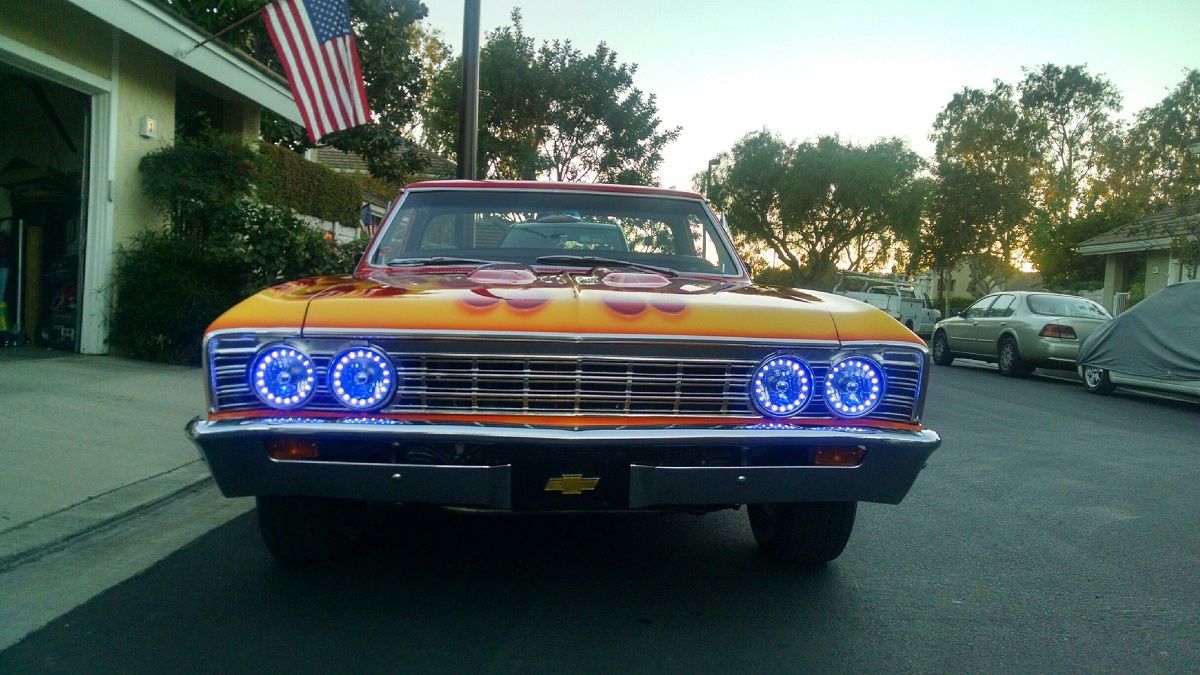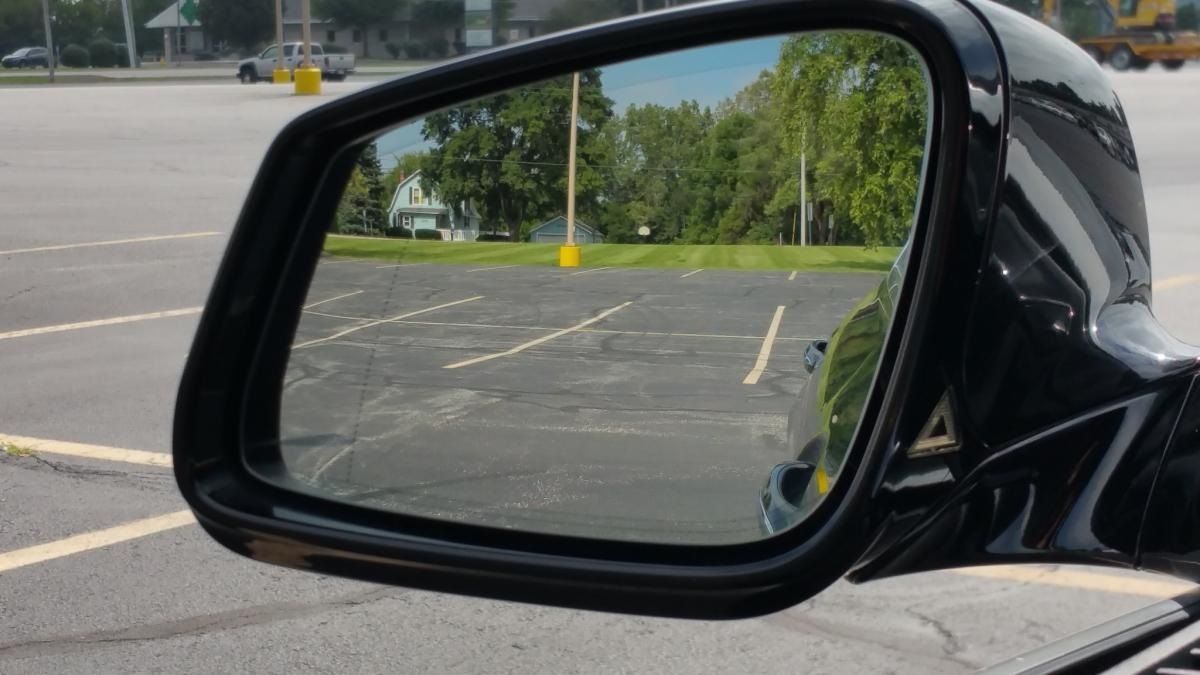Car modifications are basically changes made to a car to alter or change its appearance, performance, and longevity of cars. Car modifications can be further differentiated in 3 types namely; Performance modification, Functional modification, and Aesthetic modifications.
Performance modifications are those that are introduced to ensure maximal performances of the car probably after few years of usage or immediately after purchase. The engine, exhaust system, air filters, brakes, suspensions, tires, are the mods that could be introduced into the car for proper performance.
Functional modifications are those which change or add certain functions to the vehicle. Introduction of sunroofs, air conditioning, car phone, roof rack, a navigation system, are features added to a car for a particular function the car is lacking.
Aesthetic modification is generally done to make the vehicle look better and unique. All changes made to the external or internal appearance of the vehicle are mainly done to make the car look much better. For example, certain body kits provide more stability and better aerodynamics to a car than the stock body.
Many performance modifications might make your engine warranty void and might also be illegal (like nitrous injection kits). A particular performance modification can cause the vehicle to malfunction. It is also possible that the mod part can damage other parts. It is important to have clear and complete knowledge about the modifications and their effects before installing them. Here are the modifications that aren’t allowed in the US.
15 High Lifts
Different states in the US have their limits for lifting a car. There are state laws guiding the height of vehicles within inches. For example, Indiana law insists bumpers cannot be raised more than three inches, and states like Ohio and Florida allow 22 inches maximum for a car and 26 inches for a truck.
14 Dark Window Tints
Application of tints is basically to prevent certain levels of light from passing through. The lower the VLT percentage, the darker the tint will appear. However, car enthusiasts often give their vehicle an extra visual boost by adding darker tints after it rolls off the assembly line and into their driveway. This is however not allowed in the US.
13 Automatic License Plate Covers
According to Illinois law, any type of frames or coverings which “obstruct the visibility or electronic image recording of the plate” are illegal, and the driver of a vehicle with such an obstruction is subject to receiving a citation which can carry a fine of $750 to $1,000, and having to remove the offending frame or covering. This goes a long way in helping the security situation in the country.
12 Loud Booming Music System
Of course, if the music playing in the car the driver wouldn’t be able to hear horns and observations made by people within the streets or the same route with the driver. To ensure safe driving and accident-free movements, loud booming music systems are not allowed in the US. It could also be infuriating to other drivers, which is why it is also regarded as an audio assault.
11 Low Riding
A low rider is a custom car with a lowered body. The first low-riders were low-budget projects where owners would toss a bag or two of cement in the trunk to lower the car. The method was foiled, though, in 1958 when California lawmakers made it illegal to operate a car whose parts fell below the bottoms of the wheel rims.
These customized vehicles are generally individually painted with intricate, colorful designs, rolling on wire-spoke wheels with whitewall tires. Lowrider rims range from 13". They are also fitted with hydraulic or airbag systems that allow the vehicle to be raised or lowered at the owner's command. Given these specific characteristics, while a lowrider is always a lowered car, a lowered car is not always a lowrider.
10 Radar Detectors
Radar detectors are electronic devices that help detect radio waves or radio signals. These are forms of electromagnetic energy that are emitted from radars, such as those used by police to locate cars driving over the speed limit.
In addition to Virginia, the states of California, Colorado, Illinois, Minnesota, South Carolina, Oklahoma, Tennessee, Texas, and Utah made radar jammers illegal. These systems emit radar signals to effectively scramble the way radar guns work, rather than simply detecting the guns.
9 Laser Jammers
Laser jammers are electronic devices that prevent police officers from taking accurate readings of a vehicle’s speed. It works on the same principle as radio jamming, except that laser jammers work against light emissions and not radio frequencies. It is legal to sell or buy and installing in cars but however, how it is used is the paramount concern.
8 Muffler Delete Pipes
A muffler delete is the removal of the muffler from the car's exhaust system. The muffler is the device responsible for dampening the sound emitted by the car because of the vibrations and the heat created by the internal combustion engine. The muffler delete pipe is an integral part of the exhaust system.
7 Neon Lights
Neon lights are a type of cold cathode gas-discharge light. Neon lights were named for neon, a noble gas which gives off a popular orange light, but other gases and chemicals are used to produce other colors, such as hydrogen (red), helium (yellow), carbon dioxide (white), and mercury (blue).
The colors are distracting to the drivers or the drivers could easily confuse them for police officers. For this reason, colors like blue, red or any kind of flashing lights are banned from public streets in some states.
6 Off-Road Lights
All non-approved lamps installed on your vehicle are considered to be "off-road lamps" and must be covered with an opaque cover when the vehicle is being driven on the highway.
In general, lights that comply with requirements are marked by the manufacturer to show that fact. North American equipment bears SAE or DOT codes, European lamps with E codes and Japanese lights with JIS/JASIC codes; it should never be turned on while driving on normal roads as they are a hazard to other drivers and illegal.
5 Loud Exhaust System
A chugging noise could mean a blockage in the exhaust system. If you hear rattling under the car it could mean that the exhaust system has become misaligned. If you can hear a loud metallic vibration, it usually means that something is touching the exhaust pipe or that a clamp, support bracket or mounting is loose.
This is regarded as noise pollution and it is not permitted or allowed in the US.
4 Studded Snow Tires
Studded snow tires literally have metal studs embedded within the tread. These small, strong pieces of metal are designed to dig into the ice, which provides added traction. When the driving surface isn't covered in ice, studded tires can damage the road.
When winter roads are dry or wet, studs actually decrease traction potential. In these conditions, the tire tread compound is the foundation of tire grip. To a small but noteworthy degree, studs interrupt the crucial interaction between the tire tread and the road surface, which can have a negative effect on stopping distances.
3 Nitrous Oxide
Nitrous oxide, commonly known as laughing gas or nitrous, is a chemical compound. At room temperature, it is a colorless non-flammable gas, with a slight metallic scent and taste. At elevated temperatures, nitrous oxide is a powerful oxidizer similar to molecular oxygen.
It is legal to have it in your car, however, it's illegal to have the system hooked up as Nitrous Oxide is banned for recreational purposes in the US.
2 Colorful Headlights
Headlights can be yellow or white, with some bluer xenon HID bulbs allowed, too. Drivers can purchase colored bulbs or headlight tints in just about any color. However, these are not road legal. White headlights are always encouraged because it is more visible for drivers to see subjects and objects with a bright white light rather than purple, green or any other color.
1 Aspherical Mirrors
An aspheric mirror is a non-spherical mirror used in reflecting optical systems, such as astronomical telescopes. An aspheric mirror is sleeker but a convex mirror brings in two important advantages - your lenses are going to feel better on your face, and they'll give you a sleeker profile.
Convex mirrors are preferable in cars because the image is smaller so more can fit onto the mirror as a convex mirror provides for a larger field of view than a plane mirror. This is why they are useful. They are used whenever a mirror with a large field of view is needed.


